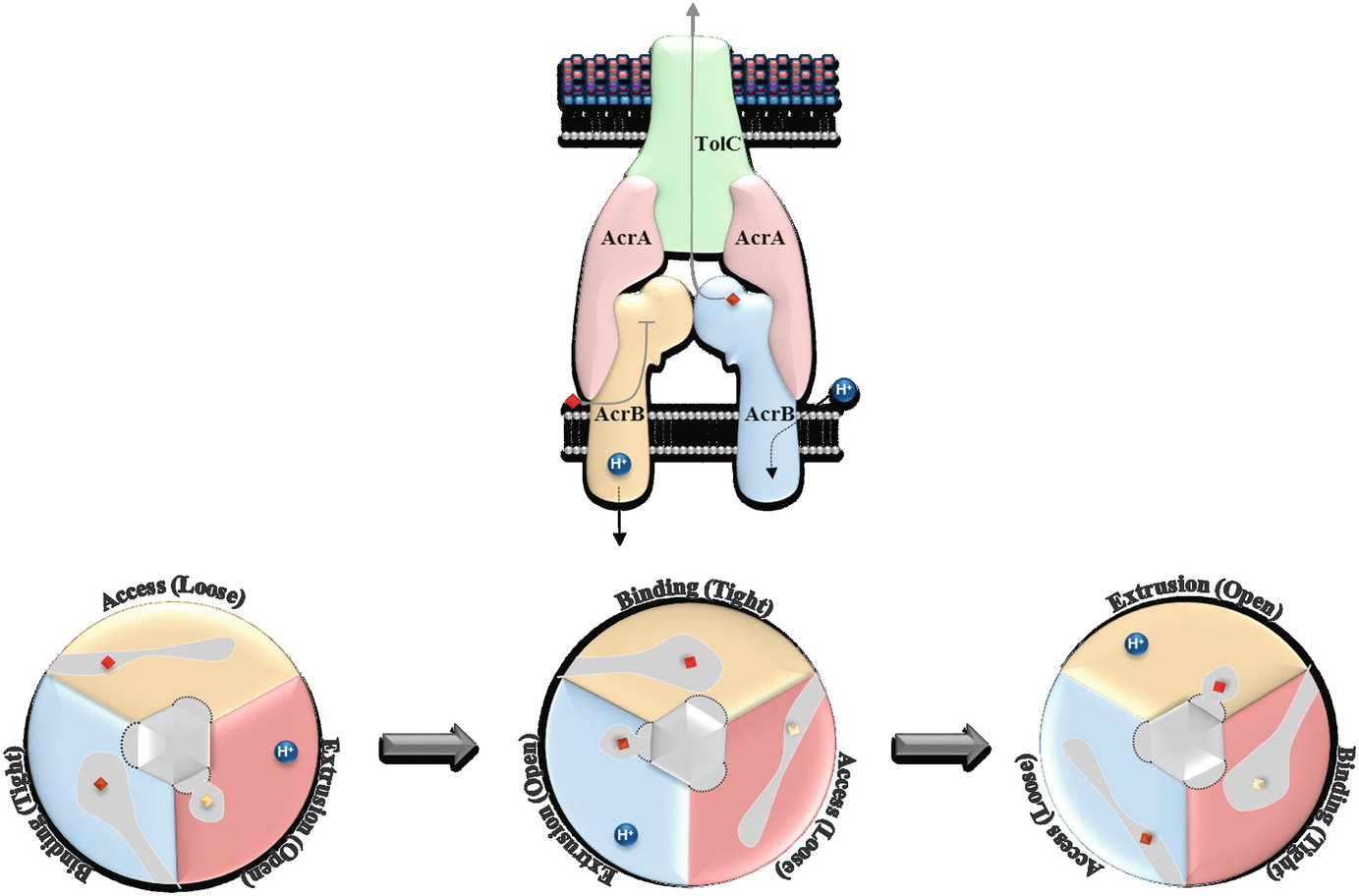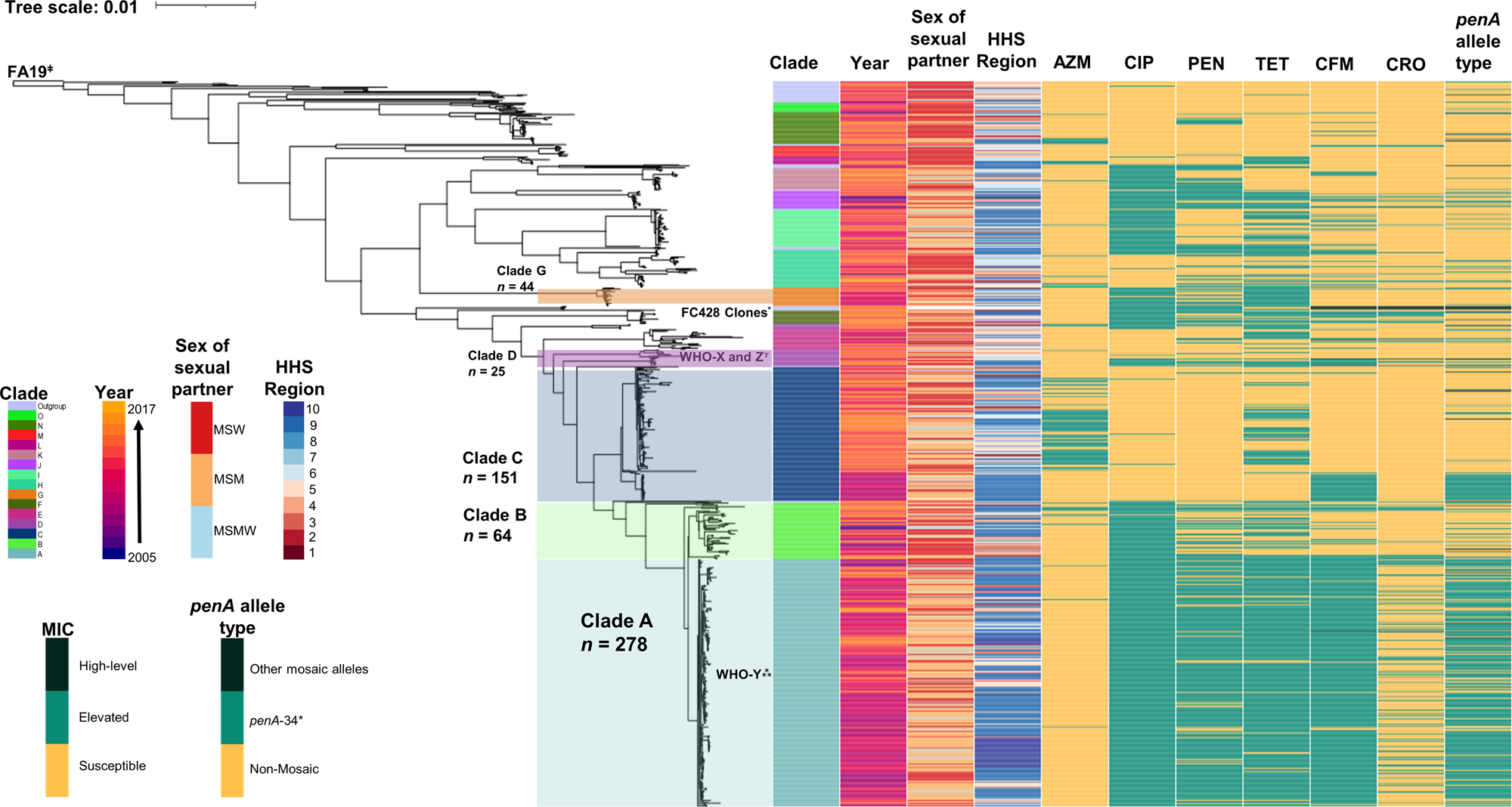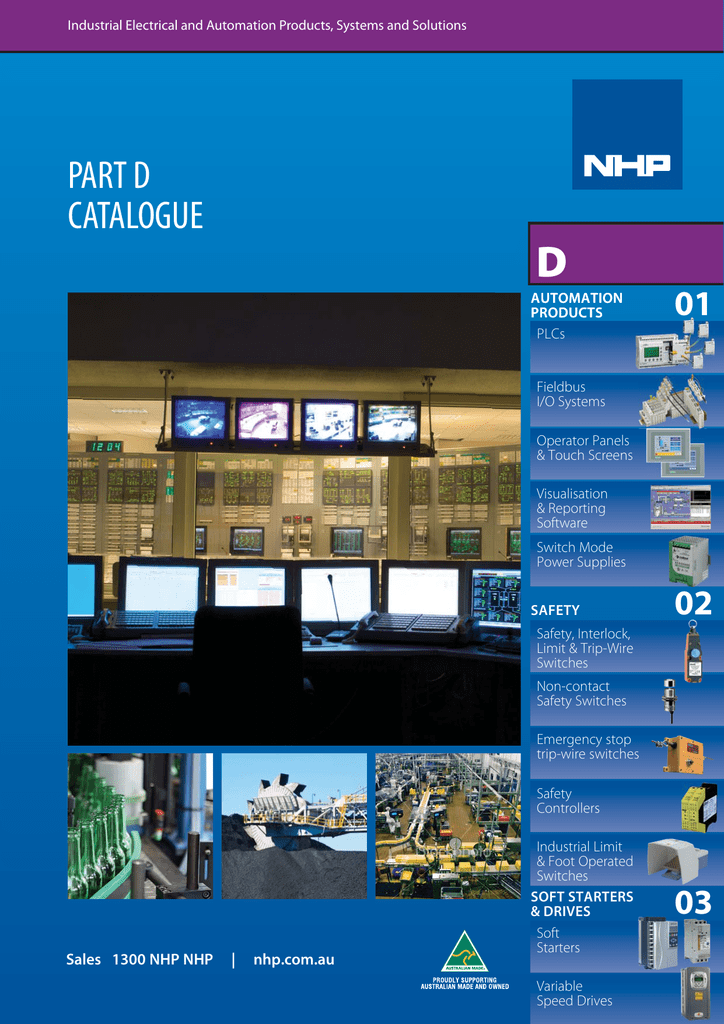


The maximum frequency a scope can measure varies, but it's often in the 100's of MHz (1E6 Hz) range. And the period is the reciprocal of that (number of seconds each repeating waveform takes). Frequency and period - Frequency is defined as the number of times per second a waveform repeats.In general a scope can measure both time-based and voltage-based characteristics: In addition to those fundamental features, many scopes have measurement tools, which help to quickly quantify frequency, amplitude, and other waveform characteristics. There are also controls to set the trigger on the scope, which helps focus and stabilize the display. A signal (the yellow sine wave in this case) is graphed on a horizontal time axis and a vertical voltage axis.Ĭontrols surrounding the scope's screen allow you to adjust the scale of the graph, both vertically and horizontally - allowing you to zoom in and out on a signal. Direct Current (DC)Īn example of an oscilloscope display. Voltage, Current, Resistance and Ohm's Law.Check out the tutorial if you want to learn more! Suggested Readingīefore continuing with this tutorial, you should be familiar with the concepts below.

Other o-scopes may look different, but they should all share a similar set of control and interface mechanisms. We'll be using the Gratten GA1102CAL - a handy, mid-level, digital oscilloscope - as the basis for our scope discussion.



 0 kommentar(er)
0 kommentar(er)
